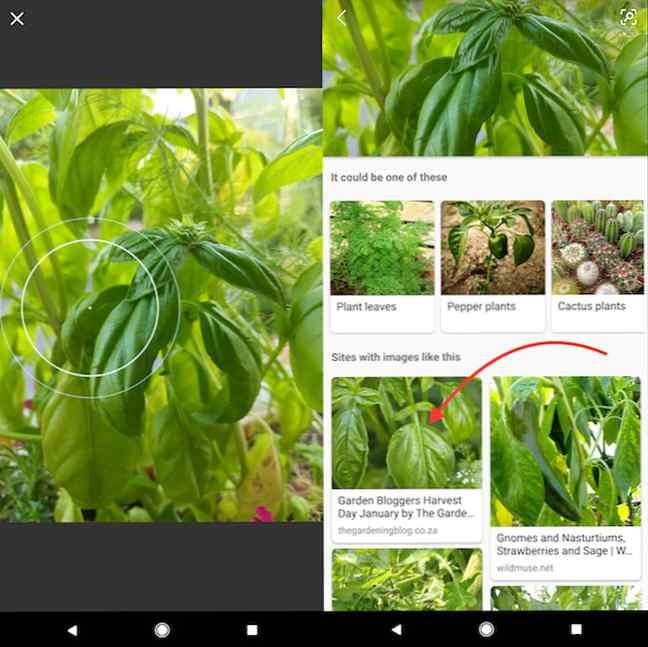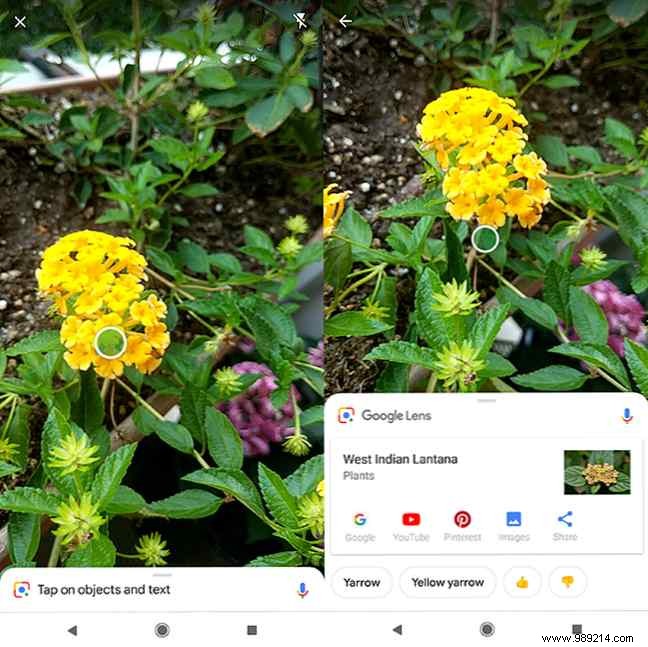Some apps have promised to reveal the names of plants and flowers that you will find in nature. Just point your phone camera at them and you will get their answer. Of the many available, few have been as successful as Microsoft Bing and Google Lens .
In addition to identifying flowers and plants, these apps can be used to identify products, books and, in the case of Google Lens, even places.
Google Lens is currently available as a standalone app for Android users, while iPhone owners get Google Lens as part of the iOS version of Google Photos. Microsoft's Bing app is available for both Android and iOS.

When you first open the app, you'll see a large search button flanked by a camera and microphone button:

Google Lens is much simpler. When you open the app, your entire phone screen turns into a camera lens:
If we're judging based solely on how successfully it identified the flowers, then Google Lens takes Bing.
Both apps failed multiple times to identify certain plants and flowers, and both apps also successfully identified a variety of flowers such as hydrangea, as well as the lesser-known lantana. They both identified basil, but with Bing's results, it was identified through a similar photo instead of the Bing app suggesting it as one of its top three choices.
Google Lens distinguished itself by making its identifications slightly faster than Bing, and the more you use the app, the more you're contributing to Google's AI identification abilities.
The way Bing is better than Google Lens is that it gives you more image results, so if it doesn't correctly identify the plant, there's a chance it will give you an image that lets you figure out what plant we're looking at.
There's so much more you can do with Google Lens. What is Google Lens? 6 Cool Things You Can Do On Google Photos What Is Google Lens? 6 cool things you can do in Google Photos Google Lens lets you discover interesting information about any image, and it's now built into Google Photos for Android users. Read More